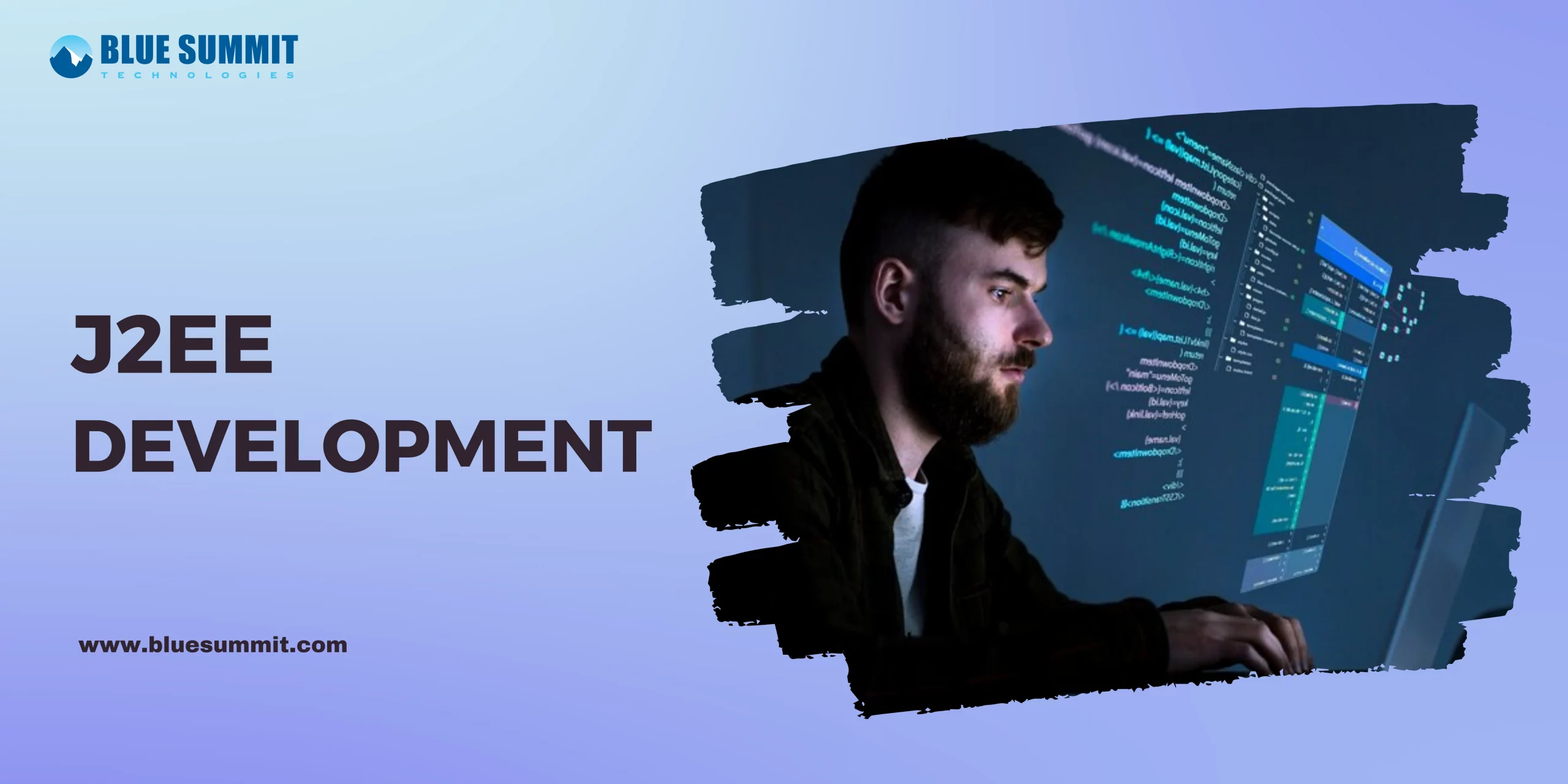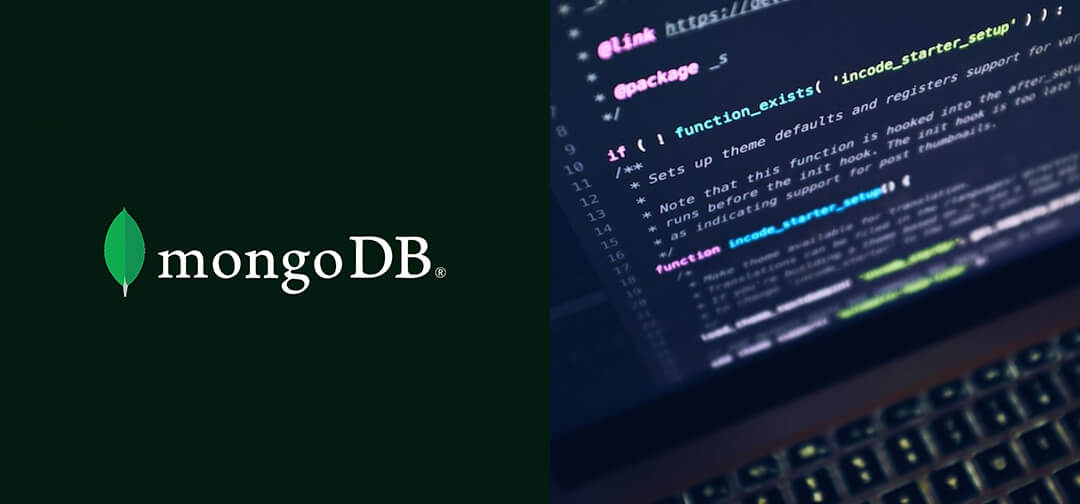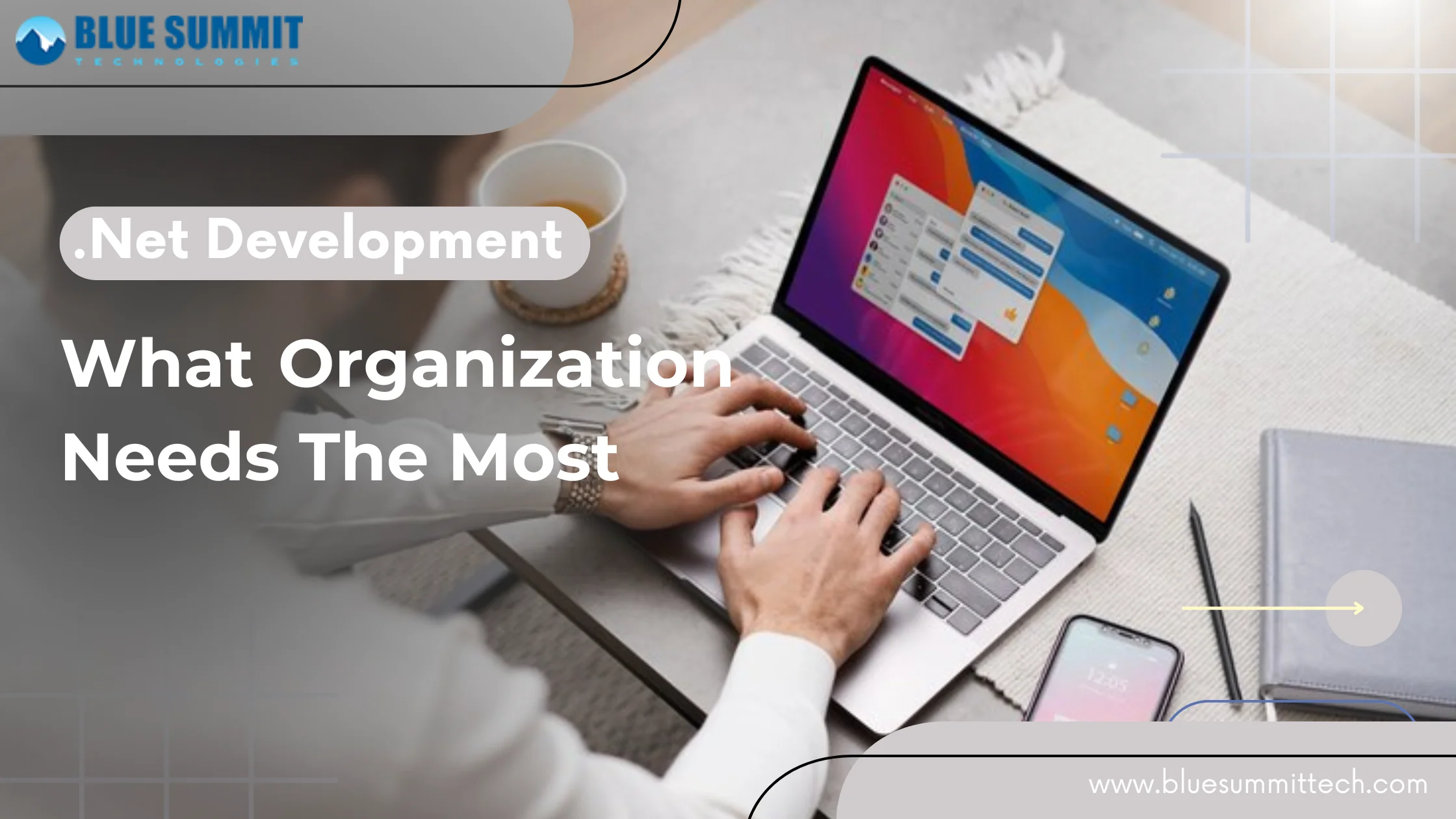
Posted on Thursday, Nov 09th, 2023
Mastering J2EE Development: A Comprehensive Guide to J2EE Application Development
Spread the love
In the vast realm of Java-based enterprise application development, mastering J2EE (Java 2 Platform, Enterprise Edition) is essential for building robust, scalable, and efficient solutions. J2EE development empowers developers to create enterprise-level applications, leveraging a variety of tools and adhering to the Java EE architecture.
Unravelling the J2EE Framework
J2EE, now known as Java EE (Enterprise Edition), is a platform that extends the capabilities of the Java Standard Edition (Java SE) to support large-scale, multi-tiered, and distributed enterprise applications. J2EE development is synonymous with creating complex and mission-critical systems, often involving components such as Enterprise JavaBeans (EJB), JavaServer Pages (JSP), and servlets.J2EE Application Development: A Holistic Approach
1. Leveraging Enterprise JavaBeans (EJB)
In J2EE application development, Enterprise JavaBeans play a crucial role. EJBs are server-side components that encapsulate the business logic of an application, providing a scalable and distributed architecture. The three types of EJBs—Session Beans, Entity Beans, and Message-Driven Beans—allow developers to address various aspects of enterprise-level functionality.2. Creating Dynamic Web Applications with JSP and Servlets
The development involves the creation of dynamic web applications, and JavaServer Pages (JSP) and servlets are the backbone of this process. Servlets handle the request-response cycle, while JSP allows developers to embed Java code directly into HTML pages, facilitating the creation of dynamic and data-driven web content.J2EE Development Tools: Streamlining the Process
1. Eclipse IDE for J2EE Developers
The Eclipse IDE stands out as a powerful and widely used integrated development environment for J2EE application development. With features tailored for Java EE development, Eclipse provides tools for creating, testing, and deploying enterprise applications seamlessly. Its extensibility through plugins further enhances the development experience.2. Apache NetBeans
Apache NetBeans is another robust IDE that supports J2EE development. With features like code completion, project management, and integration with version control systems, NetBeans streamlines the development workflow. Its visual design tools for web applications simplify the creation of user interfaces for J2EE projects.3. JDeveloper by Oracle
Oracle's JDeveloper is a comprehensive IDE specifically designed for Java EE and J2EE development. It offers a visual and declarative approach to building Java EE applications, with integrated tools for database development, RESTful web services, and more. JDeveloper is particularly suitable for developers working in Oracle's ecosystem.4. IntelliJ IDEA
IntelliJ IDEA is a popular IDE known for its intelligent code assistance and advanced tools the development. It supports various Java EE technologies, provides robust debugging capabilities, and offers seamless integration with popular build tools like Maven and Gradle.J2EE Web Application Development: Navigating the Landscape
1. Building Scalable and Responsive Web Applications
J2EE web application development is characterized by its focus on creating scalable and responsive web solutions. The combination of servlets, JSP, and other Java EE technologies allows developers to build feature-rich and interactive web applications.2. JavaServer Faces (JSF)
JavaServer Faces (JSF) is a Java EE web framework that simplifies the development of user interfaces for web applications. With reusable UI components and a component-based architecture, JSF enhances the efficiency of J2EE web application development. It integrates seamlessly with other Java EE technologies for a cohesive development experience.3. RESTful Web Services
Java EE architecture emphasizes the use of RESTful web services for building scalable and interoperable applications. JAX-RS (Java API for RESTful Web Services) is a key component in J2EE development, enabling developers to create RESTful endpoints and handle HTTP requests seamlessly.Java EE Architecture: Principles and Components
1. Multitier Architecture
Java EE architecture follows a multitiered model, dividing the application into distinct tiers or layers. The three-tier architecture typically includes the presentation tier (client-side), business logic tier (server-side), and data tier (database). This separation enhances scalability, maintainability, and flexibility.2. Component-Based Development
Java EE promotes component-based development, where reusable and modular components encapsulate specific functionalities. Enterprise JavaBeans (EJBs) are a prime example of components in the Java EE architecture, providing a way to modularize and distribute business logic.3. Container-Managed Services
Containers play a vital role in Java EE architecture, providing a runtime environment for application components. Container-managed services, such as security, transactions, and concurrency, relieve developers from managing these concerns, allowing them to focus on application logic.4. Java Naming and Directory Interface (JNDI)
JNDI is a key component in Java EE architecture, providing a unified interface for accessing naming and directory services. It allows components to locate and access services in a distributed environment, promoting a seamless and standardized approach to resource access.How Blue Summit can help with J2EE Application?
Blue Summit is your dedicated partner in unleashing the full potential of your J2EE applications. Our expert team brings a wealth of experience and a strategic approach to ensure your J2EE applications not only meet but exceed your business objectives. Here's how Blue Summit can assist you:1. J2EE Consulting
Leverage our expertise to receive tailored consulting services. We analyse your current J2EE architecture, identify areas for improvement, and provide strategic guidance to optimize performance and scalability.2. Application Development
From concept to deployment, our skilled developers specialize in crafting robust, scalable, and secure J2EE applications. Whether you need a new application or enhancements to an existing one, we've got you covered.3. Performance Optimization
Enhance the efficiency of your J2EE applications. Our team conducts thorough performance audits, identifies bottlenecks, and implements optimizations to ensure your applications run seamlessly, even under heavy loads.4. Migration Services
Planning to migrate from older Java versions or legacy systems to J2EE? We provide smooth migration services, ensuring a seamless transition while preserving data integrity and minimizing downtime.5. Integration Solutions
Seamlessly integrate your J2EE applications with other systems in your IT ecosystem. Our integration solutions enhance interoperability, data flow, and overall efficiency within your enterprise.6. Security Enhancements
Security is paramount. Blue Summit employs best practices to fortify your J2EE applications against potential threats. From encryption to authentication, we ensure your applications meet the highest security standards.7. Continuous Support and Maintenance
Our commitment doesn’t end with deployment. Blue Summit provides ongoing support and maintenance services to keep your J2EE applications running smoothly, addressing issues promptly and proactively.8. Training and Skill Development
Empower your team with the knowledge they need. Blue Summit offers training programs to enhance your developers' skills in J2EE application development, ensuring they stay current with the latest technologies and best practices.Conclusion
J2EE development, now embraced as Java EE development, remains a cornerstone in the world of enterprise application development. The comprehensive approach to building scalable, distributed, and modular applications makes Java EE architecture a preferred choice for mission-critical systems.If you're looking for a partner to navigate the complexities of Java EE architecture, Blue Summit is well-equipped to provide strategic insights and hands-on support. Their commitment to excellence in J2EE application development positions them as a valuable ally in ensuring the success of your projects.
Blue Summit has collaborated with OdiTek Solutions, a frontline custom software development company. It is trusted for its high service quality and delivery consistency. Visit our partner's page today and get your business streamlined.
REFER TO OTHER RELEVANT CONTENTS

MongoDB
Blue Summit places a high priority on client satisfaction while providing agile development services for mongodb. Blue Summit has put MongoDB solutions into use, either as stand-alone programs or in conjunction with conventional relational databases. We cover all facets of MongoDB development as well as...
read more







